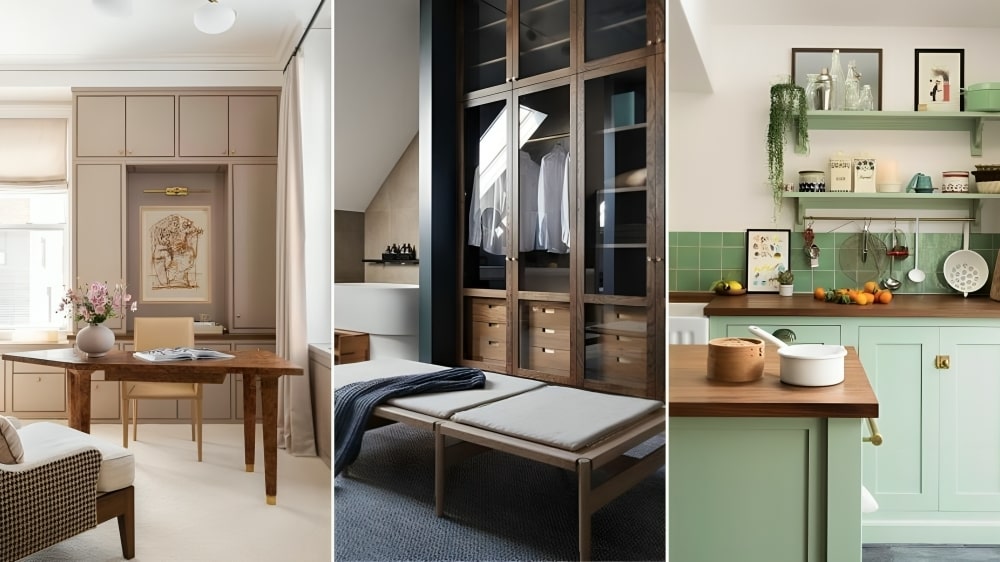
Are you tired of constantly clearing out clutter in your home, only to find it building back up days later? You’re not alone. From overflowing closets to cluttered counters, the struggle to control clutter is a common one.
It seems all too easy for everyday clutter to get on top of us, but if you take a closer look, you will see that the same areas and categories build up time and time again, sabotaging your perfect home organizing ideas.
Here, professional home organizers reveal the most common types of clutter and explain how to prevent them so that you can spend more time relaxing and less time cleaning.
The most common types of clutter
If you start to spot any of the signs you have too much stuff and need to declutter, but are not sure where to start, these seven spots offer perfect footing to set yourself up for a successful decluttering session.
1. Paper clutter
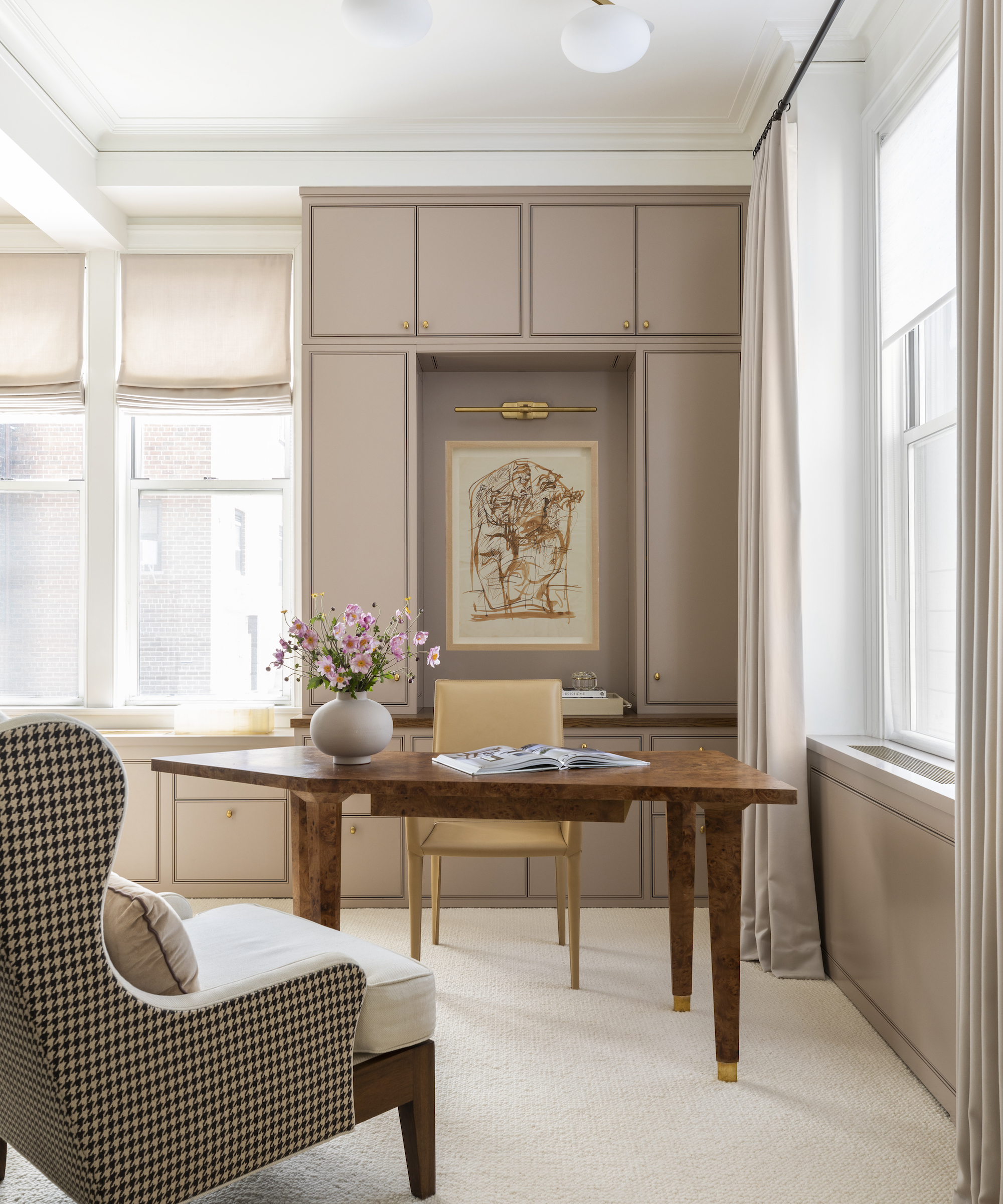
One of the easiest places to start is getting rid of paper clutter, begins Tina Priestly, professional organizer and owner of Ready, Set, REFRESH:
‘Paper accumulates quickly, from mail to documents. Establishing a routine for sorting, filing important papers, and digitizing when possible can help prevent paper clutter from piling up,’ she explains.
The one-touch tidying rule is a great approach to implement here. Instead of putting junk mail and important documents down when you first pick them up, ensure they are sorted into storage or the trash right away. This keeps clutter to a minimum while ensuring you never miss an important bill or letter again.
2. Sentimental clutter

Decluttering sentimental items is by far the hardest decluttering tip, but it is essential if you want to limit clutter in your home, warns Meaghan Kessman, professional home organizer. She suggests designating a specific area or storage container for sentimental items:
‘When you receive or find sentimental objects, decide immediately whether to digitize the item (like photos or papers), store it in your designated space, or let it go. This minimizes clutter by ensuring each item is handled once and stored correctly or responsibly discarded.’
Staying on top of sentimental items or dealing with mementos as soon as you get them will make the process easier as you have had less time to form a stronger attachment to them, making it easier to digitize them, or be ruthless with what you keep.
3. Closet clutter
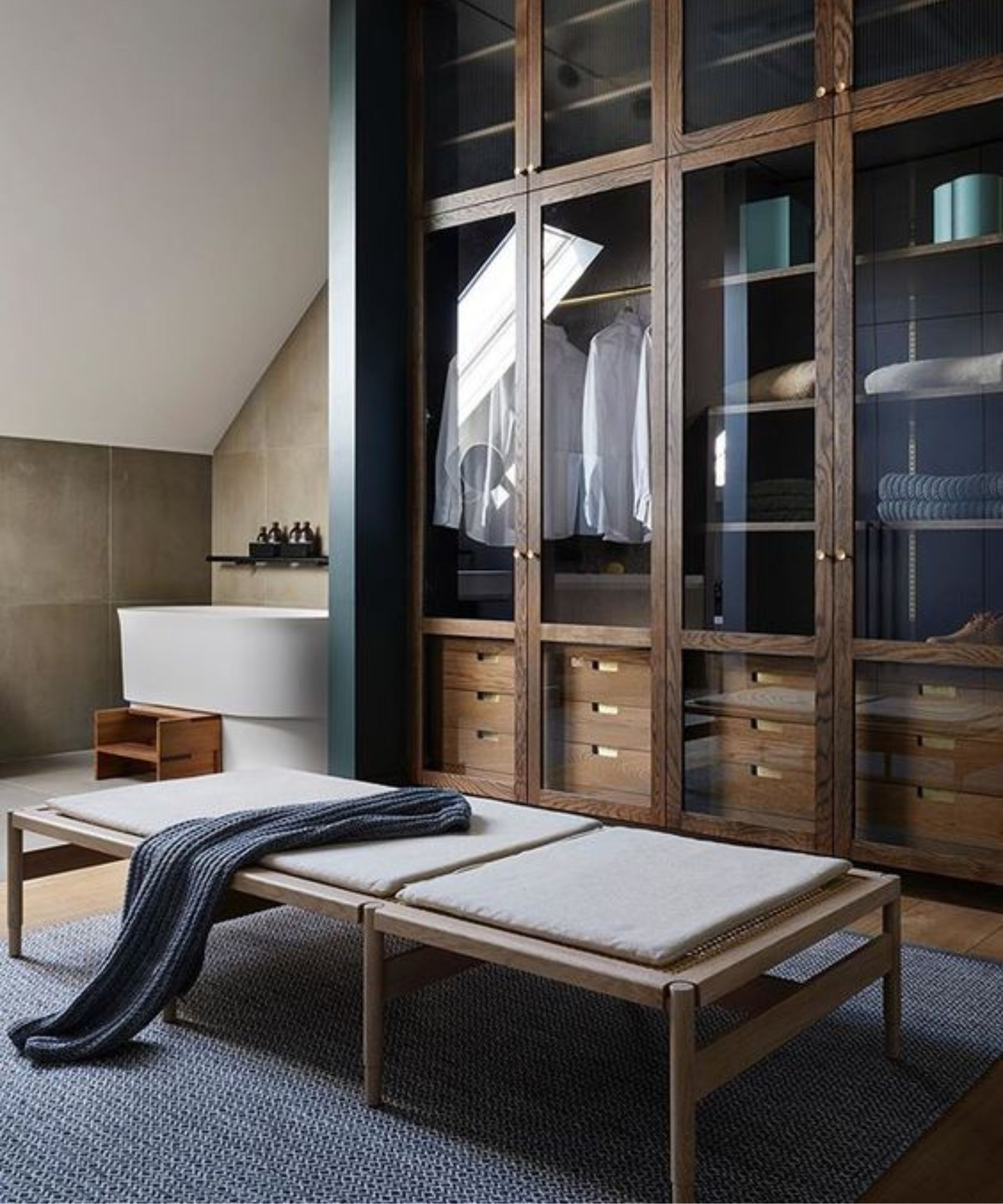
It shouldn’t come as a surprise that clothes clutter is one of the biggest problem areas for most homes – especially in a world dominated by fleeting trends and fast fashion. Given that decluttering a closet can take a lot of time and mental energy, it is important to prevent clutter here as much as possible, warns Tina Priestly, professional organizer:
‘Many of us hold onto clothes we no longer wear, leading to overstuffed closets. Regularly assessing our wardrobes, donating unused items, and organizing by season can simplify our closets and streamline our daily routines.’
Meaghan Kessman, professional home organizer, further suggests keeping a donation basket in your closet. ‘Each time you try on a piece of clothing and decide not to wear it because it doesn't fit or feel right, place it directly into the basket. This one-touch decision helps avoid clothes piling up on furniture or floors. Regularly rotate seasonal items directly into storage or donation to keep your closet current without excess.’
4. Accessories
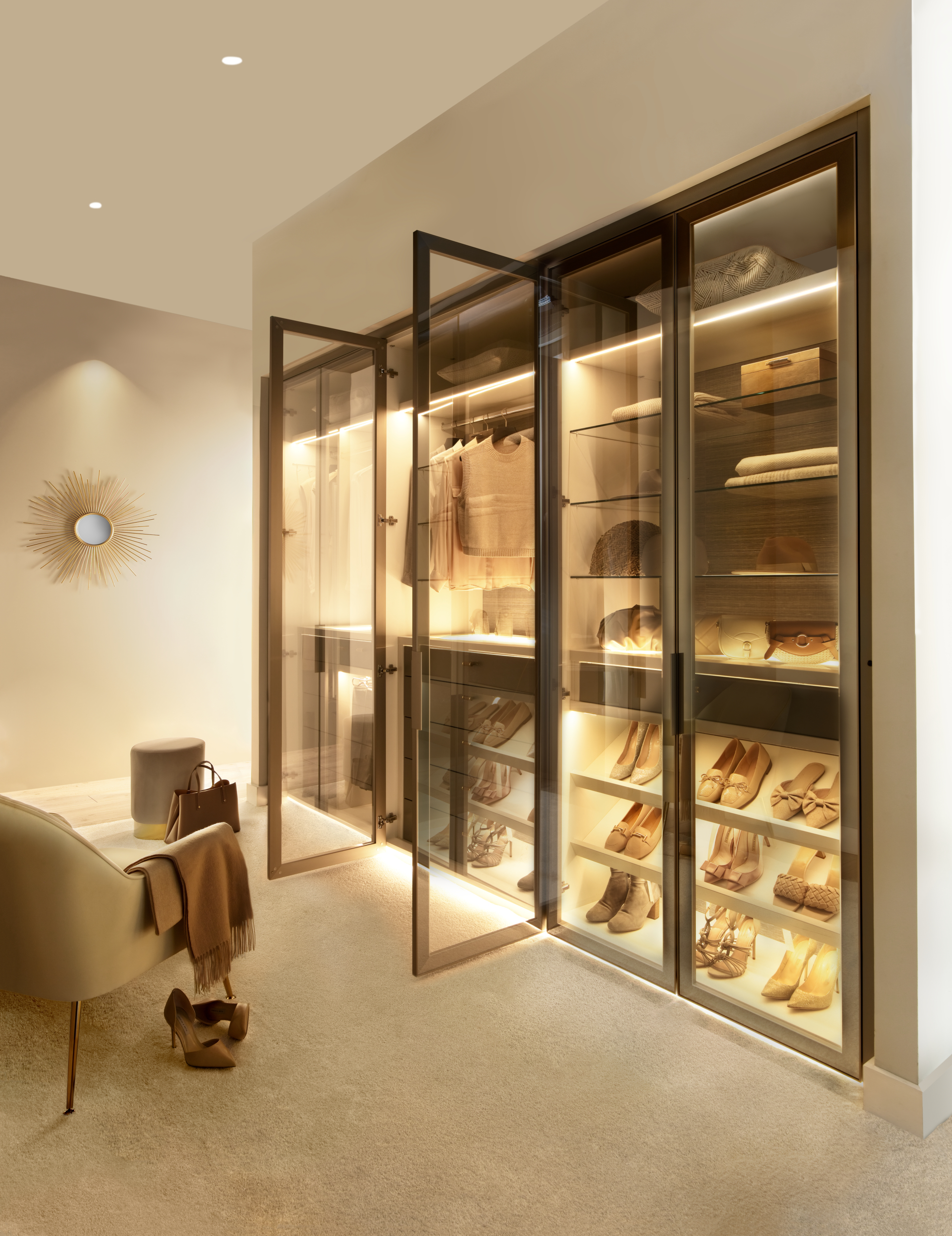
It is not just clothes clutter that contributes to an overwhelming morning routine. Your accessories play a part too, adds Melanie Summers, professional organizer and owner of I Speak Organized.
‘For the accessory jumble, use a hanging planter rack or cascading fruit baskets. Store scarves, belts, or bags in these baskets for easy visibility and access. Attach small plant tags to each basket for quick identification, turning accessories into a creative display.’
5. Digital clutter
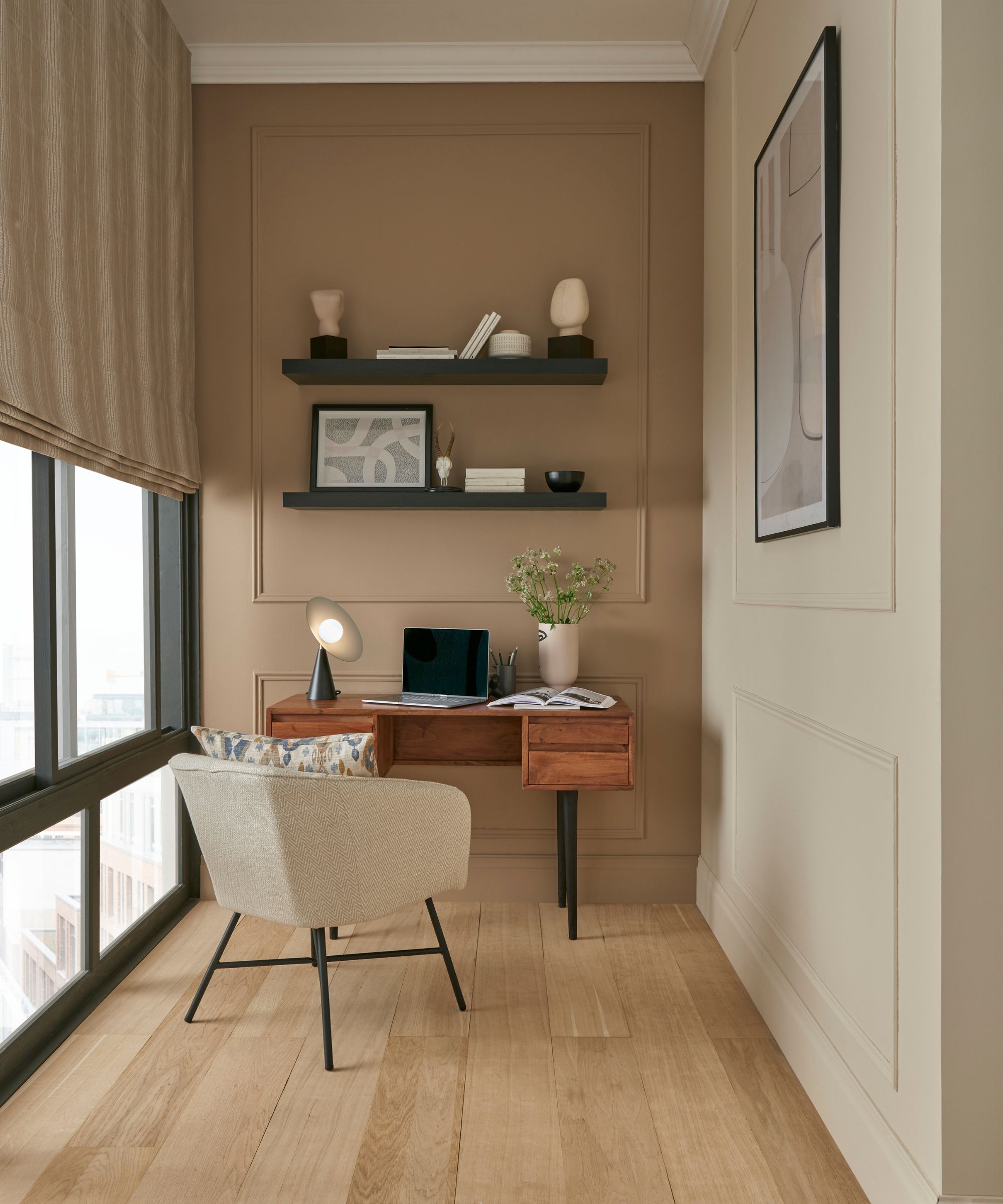
Not all clutter is physical. In a digital world, our digital clutter can become just as overwhelming as the clutter in our kitchens or closets, reminds professional organizer Tina Priestly. She recommends setting aside dedicated time for digital organization, unsubscribing from unnecessary emails, and utilizing cloud storage can help declutter our digital spaces.
This is a great low-energy task you can easily do from your sofa to help feel a little more productive when you otherwise don’t have any energy to declutter a house.
6. Single-use items
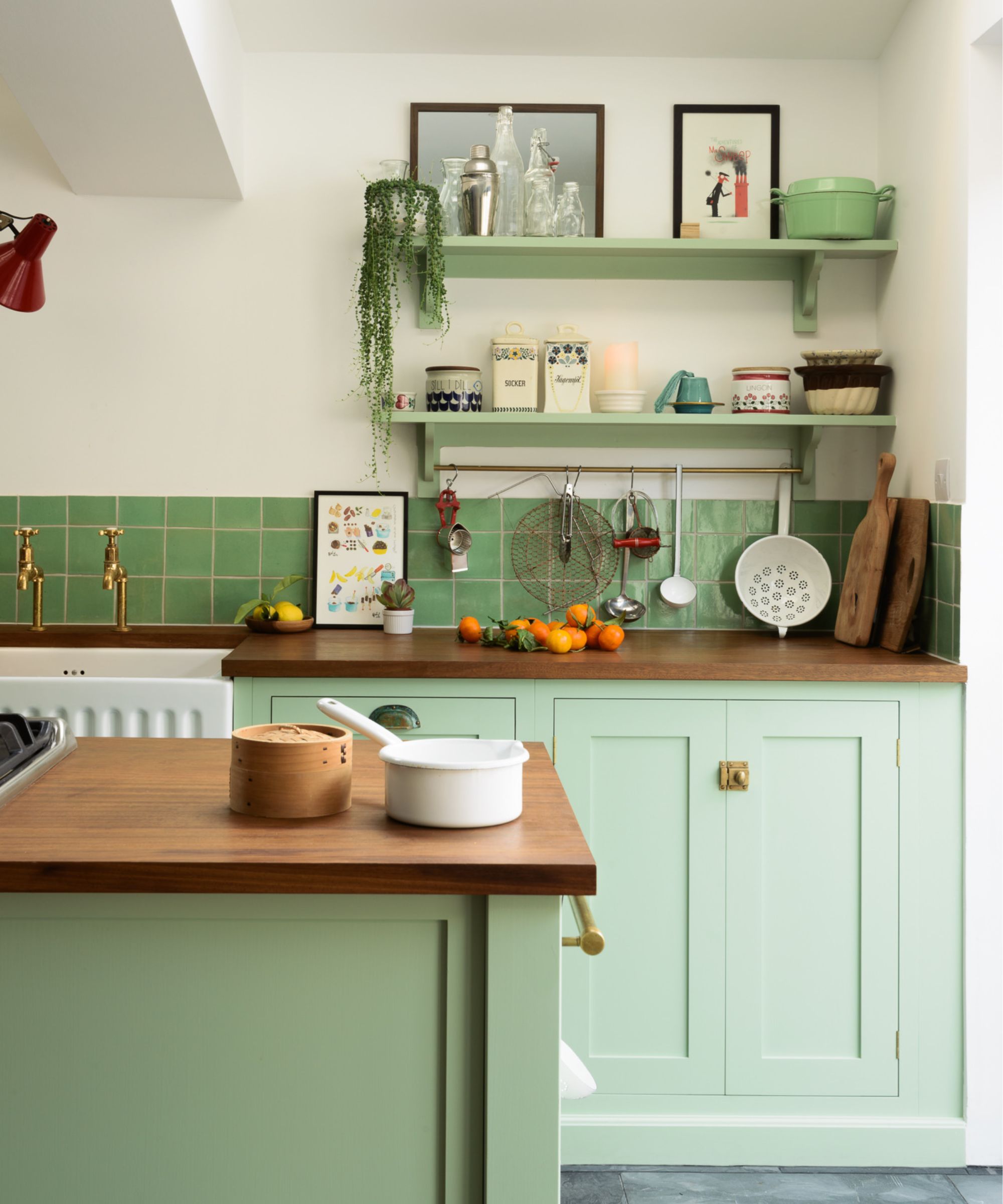
Most commonly found on kitchen decluttering checklists, single-use gadgets and gizmos are another main source of clutter in a home. These have no place in our home storage, urges Meaghan Kessman, professional home organizer.
‘When considering new purchases, especially for kitchen tools or gadgets, assess their function on the spot. Implement a zone in kitchen drawers for each type of tool. When you bring home a new item, place it directly into its zone after assessing whether it's unique or duplicates something you already own, which should then be donated or recycled.’
7. Junk drawer ‘essentials’
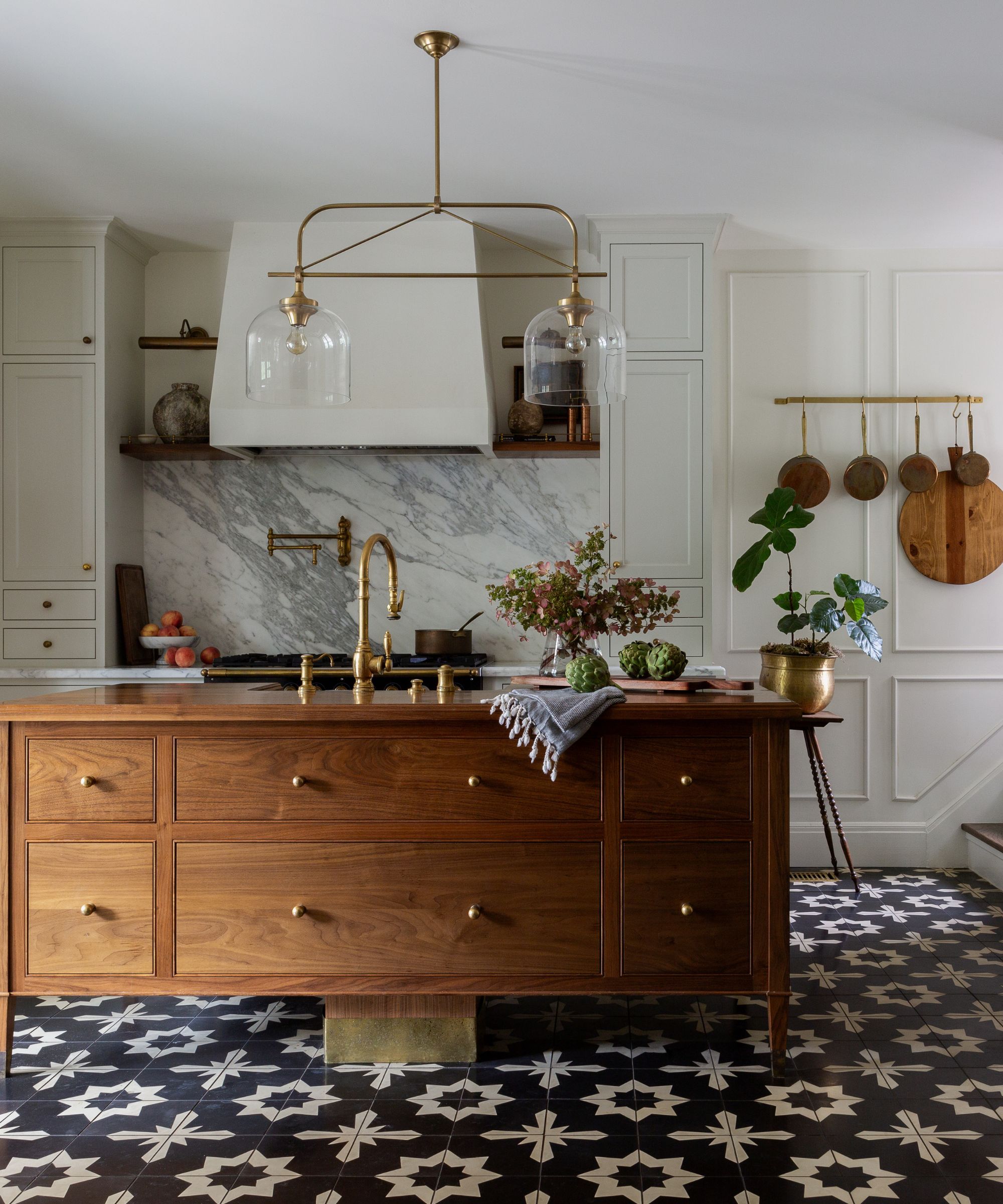
Another most common type of clutter is anything that you designate to the junk drawer - be it batteries, DIY tools, or charging cables. All of this needs careful organizing to stop it from becoming overwhelming, says Melanie Summers, professional organizer.
‘Junk drawers can quickly overflow because everything is jumbled together. To conquer the dreaded junk drawer, create a modular grid system using small boxes or drawer dividers that slot together like a puzzle. Label each section by category (batteries, pens, cables) and keep it from filling up by assigning a "junk drawer limit." Anything extra goes elsewhere.’
FAQs
What is the best way to prevent clutter?
The best way to prevent clutter is to limit how much you are bringing into your home Whether that be when shopping for luxuries, or unsubscribing from physical and digital subscriptions to stop paper clutter and limit temptations.
This is not a simple habit to introduce, so start small. Try a no-clothes-buying challenge for a month or two, for example, using a wishlist to note any items you would have bought. After the challenge is over, take another look at the list. You will likely find that you don't regret not buying the stuff there, and anything you do still love you can then order knowing you have not made a risky impulse purchase. This will then help to motivate you to extend the challenge further.
It isn’t always easy, but breaking the cycle of clutter is the best way to cut back on how often you have to declutter, and can make your home far less stressful. Identifying the most common types of clutter in your home and taking active steps to stop them is the best place to start. It might be that you have some or all of these common stressors – you’ll be amazed how much sorting these small spaces impacts your daily routines.







